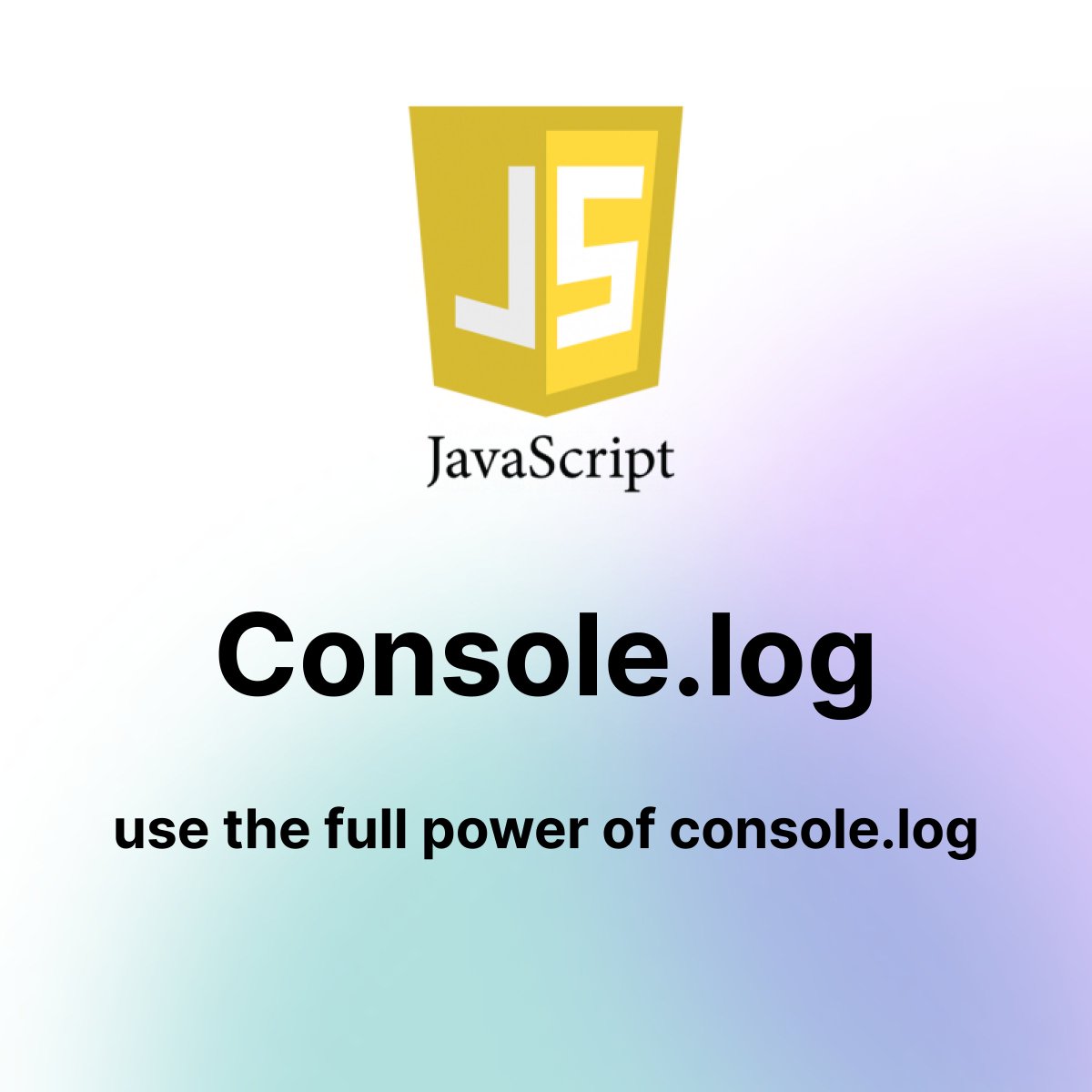
Bootstrap and Tailwind CSS are both front-end frameworks, meaning they are collections of CSS classes that can be used to quickly apply styling to web projects.
Bootstrap is a very popular framework, and it's been around for a long time.
It provides a wide range of pre-designed components and styles that you can use to create beautiful, responsive layouts quickly.
It provides a wide range of pre-designed components and styles that you can use to create beautiful, responsive layouts quickly.
It also has many built-in JavaScript components that you can use to add interactivity to your web pages.
Tailwind CSS is a newer framework that takes a different approach to styling.
Instead of providing many pre-designed components, it provides a set of low-level utility classes you can use to build your custom components.
Instead of providing many pre-designed components, it provides a set of low-level utility classes you can use to build your custom components.
Quick note.
If you like Tailwind CSS, check out my new side project called tailwindwidgets.com where I share Tailwind CSS components created by me and later also by other developers.
If you like Tailwind CSS, check out my new side project called tailwindwidgets.com where I share Tailwind CSS components created by me and later also by other developers.

This can be very powerful because it allows you to create unique designs without being limited to the styles provided by the framework.
Overall, the choice between Bootstrap and Tailwind CSS will depend on your personal preferences and the specific requirements of your project.
Both frameworks can be used to create beautiful, responsive websites, but they have different strengths and approaches to styling.
Both frameworks can be used to create beautiful, responsive websites, but they have different strengths and approaches to styling.
Advantages of Bootstrap
- Bootstrap has a wider range of pre-designed components and styles, making it quicker to start a new project.
- Bootstrap has a large community of users and a lot of online resources, so it's easier to find support and solutions to problems.
- Bootstrap has a wider range of pre-designed components and styles, making it quicker to start a new project.
- Bootstrap has a large community of users and a lot of online resources, so it's easier to find support and solutions to problems.
-Bootstrap has many built-in JavaScript components, such as modals, tabs, and carousels, that you can use to add interactivity to your web pages.
Tailwind CSS advantages
- Tailwind CSS provides low-level utility classes, so you have more control over the design of your components.
- Tailwind CSS encourages a "utility-first" approach to styling, making it easier to create consistent, reusable styles across your project.
- Tailwind CSS provides low-level utility classes, so you have more control over the design of your components.
- Tailwind CSS encourages a "utility-first" approach to styling, making it easier to create consistent, reusable styles across your project.
- Tailwind CSS is designed to be very customizable, so you can easily change the default styles to match your project's design requirements.
What to choose and when:
If you're working on a project with a tight deadline and need to put together a functional, well-designed layout quickly, Bootstrap's pre-designed components and styles can be beneficial.
If you're working on a project with a tight deadline and need to put together a functional, well-designed layout quickly, Bootstrap's pre-designed components and styles can be beneficial.
If you're new to web development and want to learn from a well-established, widely-used framework, Bootstrap can be a good choice.
If you're working on a project with a large team and you want to ensure that everyone is using consistent styles and components, Bootstrap's pre-defined styles and components can be useful.
On the other hand, you might want to choose Tailwind CSS over Bootstrap in the following situations:
If you want to have more control over the design of your components and you don't want to be limited by pre-designed styles, Tailwind CSS's utility approach can be compelling.
If you want to have more control over the design of your components and you don't want to be limited by pre-designed styles, Tailwind CSS's utility approach can be compelling.
If you want to create a design that is unique and not based on pre-designed components, Tailwind CSS can be a good choice.
If you want to be able to easily customize the default styles provided by the framework, Tailwind CSS is designed to be very customizable.
If you want to be able to easily customize the default styles provided by the framework, Tailwind CSS is designed to be very customizable.
Ultimately, deciding which framework to use will depend on your specific project and your personal preferences.
Both Bootstrap and Tailwind CSS are powerful tools for creating responsive, well-designed websites.
Both Bootstrap and Tailwind CSS are powerful tools for creating responsive, well-designed websites.
If you like this post, you can bookmark and tag it by replying with @SaveToBookmarks #tailwindcss #bootstrap
You can view your bookmarks on savetobookmarks.com
You can view your bookmarks on savetobookmarks.com

That's all, guys.
If you found this list useful, consider:
✅ Follow @csaba_kissi for more content like this
🔔 Enable notifications 👀
🔄 Retweeting the first tweet.
Thanks for your support, guys! 🙏🤝
If you found this list useful, consider:
✅ Follow @csaba_kissi for more content like this
🔔 Enable notifications 👀
🔄 Retweeting the first tweet.
https://twitter.com/csaba_kissi/status/1600490847010709505
Thanks for your support, guys! 🙏🤝
• • •
Missing some Tweet in this thread? You can try to
force a refresh














